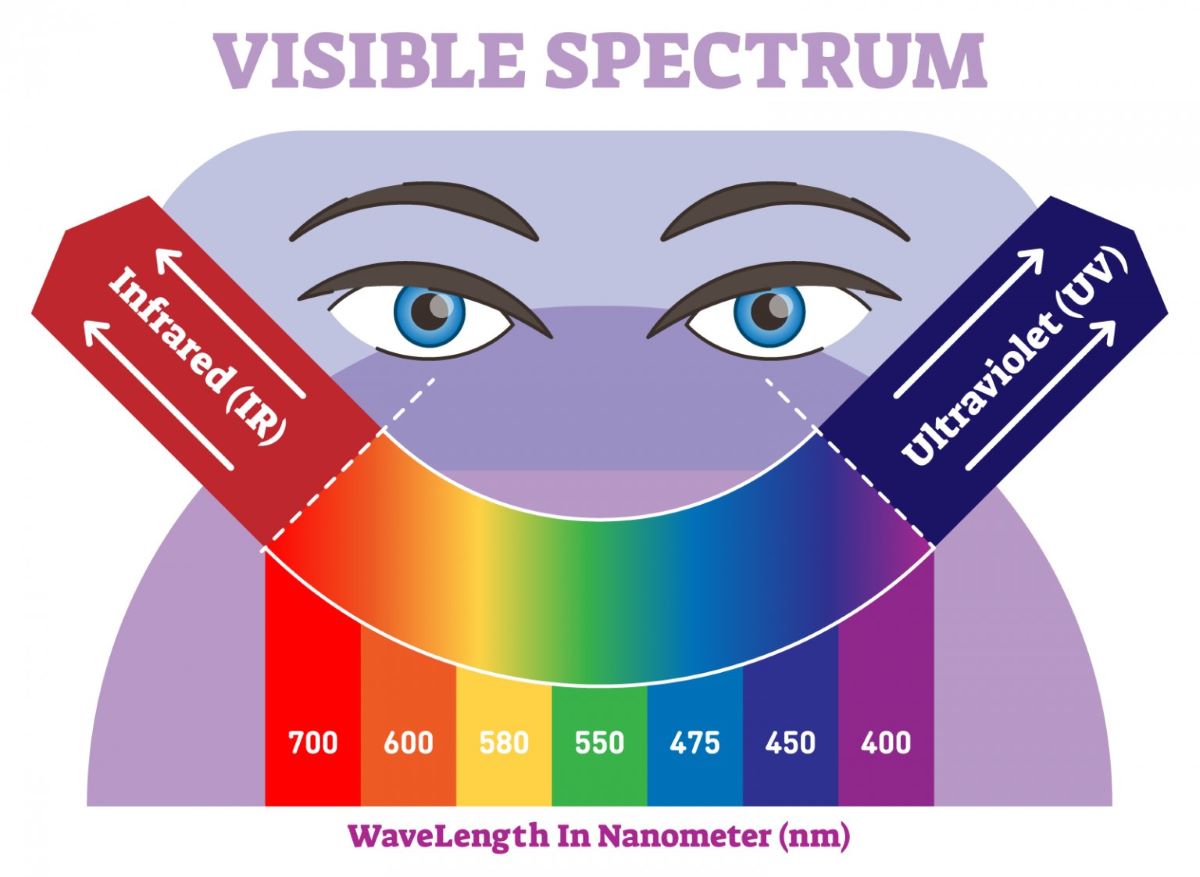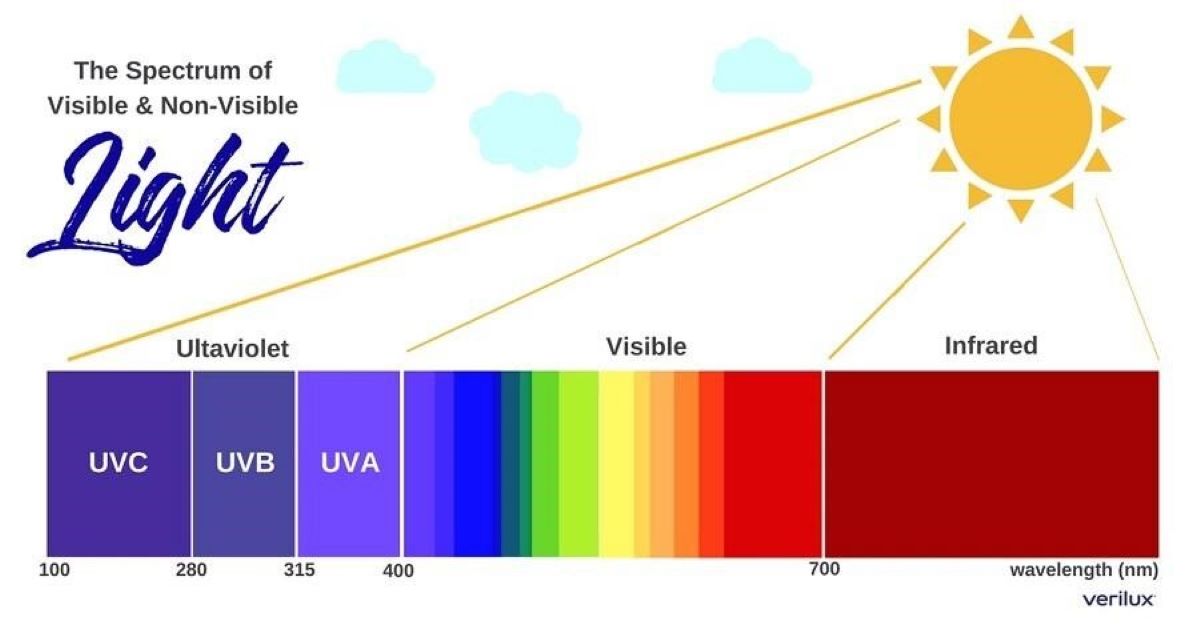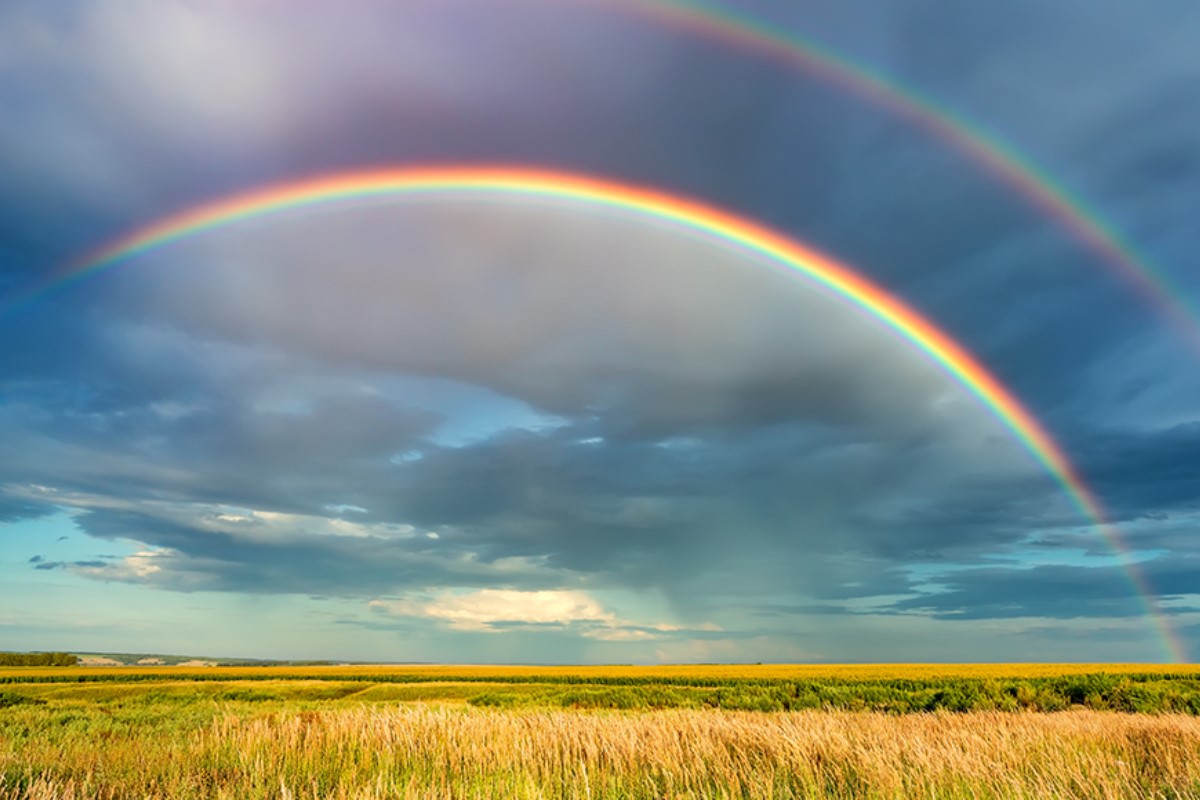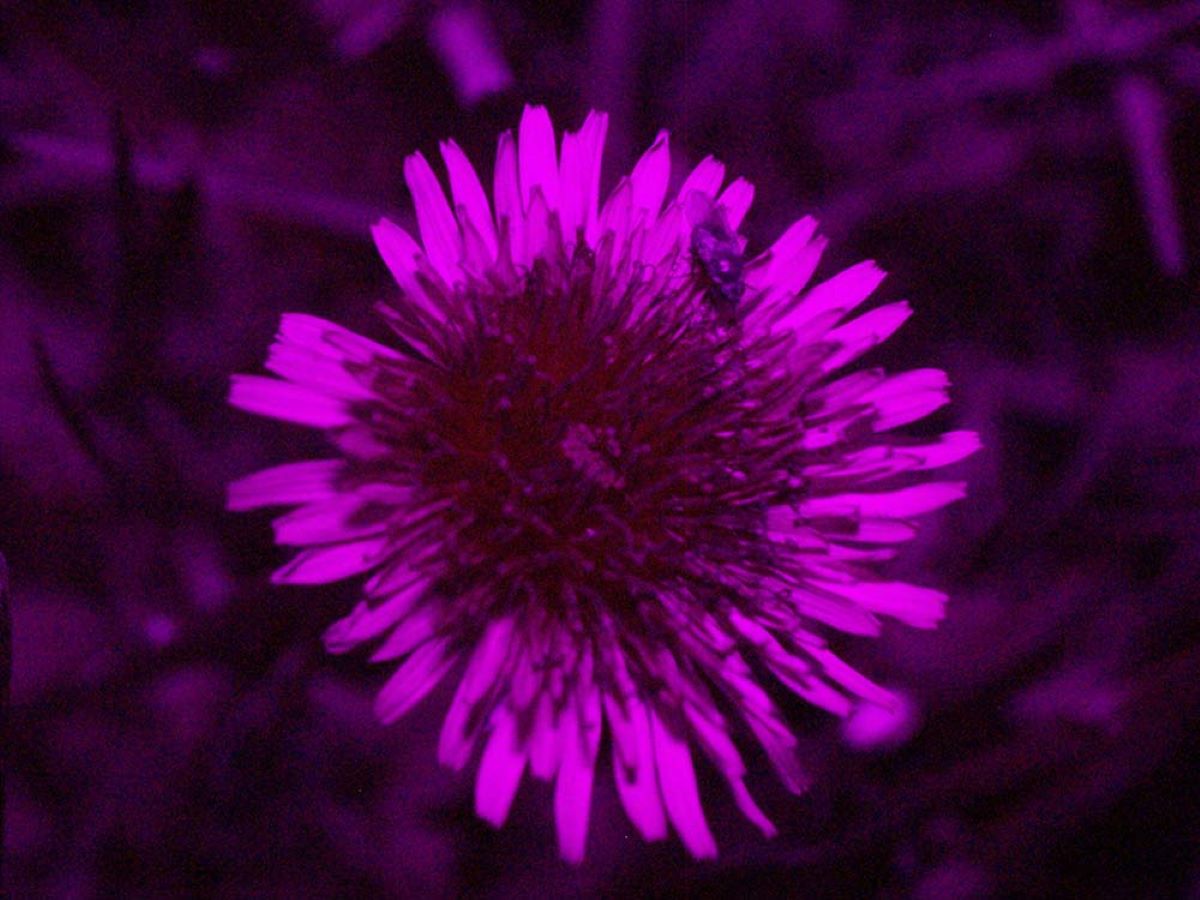What Is the Visible Spectrum?
Imagine all the amazing sights that fill our world – breathtaking sunsets, gorgeous flowers, and vibrant rainbows.
Have you ever thought about what makes these wonders visible to us? There’s a name for it, and it’s called the visible light. Here’s what it’s all about.
What does the visible spectrum have to do with sight?
Everything we can see on Earth comes down to the science of light and the visible spectrum.
The visible spectrum is a portion from the electromagnetic spectrum that we can see. This spectrum consists of:
- Radio waves
- Microwaves
- Infrared (IR)
- Visible light (ROYGBIV)
- Ultraviolet (UV)
- X-rays
- Gamma rays
The portion that we can see from the electromagnetic spectrum is also referred to as “visible light”, the visible light spectrum, or simply light.
Out of the many electromagnetic radiations within the electromagnetic spectrum, we are only able to see visible light because of the cone-shaped cells in our eyes that are specifically tuned to the wavelengths in this portion.
Colors we can see on the visible spectrum and their wavelengths
Notably, the human eye can only detect wavelengths from 380 to 700 nanometers. This means the spectrum of colors we can view ranges from violet, which has the shortest wavelength (380), to red, which has the longest (700).
As you can tell from this, each color has its own unique wavelength, and this wavelength also determines what color we see on an object. For instance, a red apple reflects light in the red portion of the spectrum, which leads our eyes to perceive the apple as… red!
However, the range of wavelengths our eyes detect can also vary due to factors such as a person’s eyesight and vision problems. With the rise of electronic devices, our eyes have been more exposed to blue light, which is on the shorter wavelength section of the visible spectrum, and this has been believed to cause more eyesight issues.
Lacking one or multiple cone photoreceptor types, which are the cone-shaped cells in the eye that detect the wavelengths, can also lead to color blindness.
Heat and temperature can also cause objects to change their wavelengths, and by extension their color. It’s for this reason that you can see a hot pan on a stove glow red, yellow, or blue, as the changing temperature affects its wavelength and the color.
As objects heat up, their atoms and molecules start to move faster, causing a shift in the light they reflect.
What does the sun have to do with the visible spectrum?
The waves emitted by the sun range from ultraviolet to our visible spectrum to infrared, although our eyes can only see the visible spectrum.
The phenomenon of temperature affecting color is evident in the color of the sun and other stars. The hotter something is, the shorter wavelengths it has, making its color go from the reddish side to the more violet side of the spectrum.
This is why a hotter star emits a bluish light and color, like Rigel which is about 12,000°C. On the other hand, a cooler sun will radiate a reddish light and color, such as the star Betelgeuse which is 3,000°C. The sun’s surface temperature of 5,500°C puts its wavelength in the yellow region of the visible spectrum.
When all the visible colors go together, they create the appearance of “white light.” During mid-day, the light is shining directly above our heads, making it appear white and bright. However, when something refracts the light, such as raindrops in the air during a sunny day, the other colors in the spectrum become visible, which leads us to…
Ever wondered how rainbows are formed?
Rainbows are what we see when the full spectrum of colors is scattered from the right angle.
It needs the right conditions of light and moisture in the air, such as when the sun shines just after the rain. The water droplets that are still in the atmosphere act as a prism that splits the white light we normally see into separate light wavelengths. This is why we can also see rainbows in foggy conditions, above the sea, and in waterfalls.
When light meets a droplet, it is reflected inside the droplet and refracted out again into the air, creating the familiar arched shape of a rainbow.
The different colors of the rainbow are seen in a specific order because of the different angles at which the light exits the raindrop. As such, red always appears on the outermost edge of the rainbow and purple is innermost.
Colors beyond the visible spectrum
The sun is a giant ball of gas emitting a tremendous amount of energy, including light of various wavelengths like visible light, ultraviolet (UV), and infrared.
Out of these wavelengths, we can only see visible light. UV and infrared light have wavelengths that are beyond the limits of our biological capability, either due to their size or energy level.
Although our eyes can’t see UV and infrared light (with exceptions), some animals can see colors beyond the visible spectrum that we can’t even imagine.
While the lowest wavelength we can detect is 380nm, birds can see from 300–400 nm, which is within the UV range. Bees can also see UV light found in some flowers, allowing them to pollinate. Some nocturnal animals, such as snakes, mosquitoes, frogs, and some forms of fish, can even see infrared light.
See the world in full color with the visible spectrum
The visible spectrum directly impacts the way we experience and interpret the world around us. Every day, we rely on our eyes to take in the colors and light that make up the visible spectrum, and our brains use that information to create our perception of reality.
From a practical perspective, understanding the visible spectrum is important for many fields, such as photography, art, and science. Photographers use the visible spectrum to capture images with the right amount of light and color, and scientists use it to study the properties of light and color in their experiments.
If you’re a lover of all things eye-related, be sure to bookmark Mouqy for more fun facts, tips, and guides!

Written by:
Shu Kie














